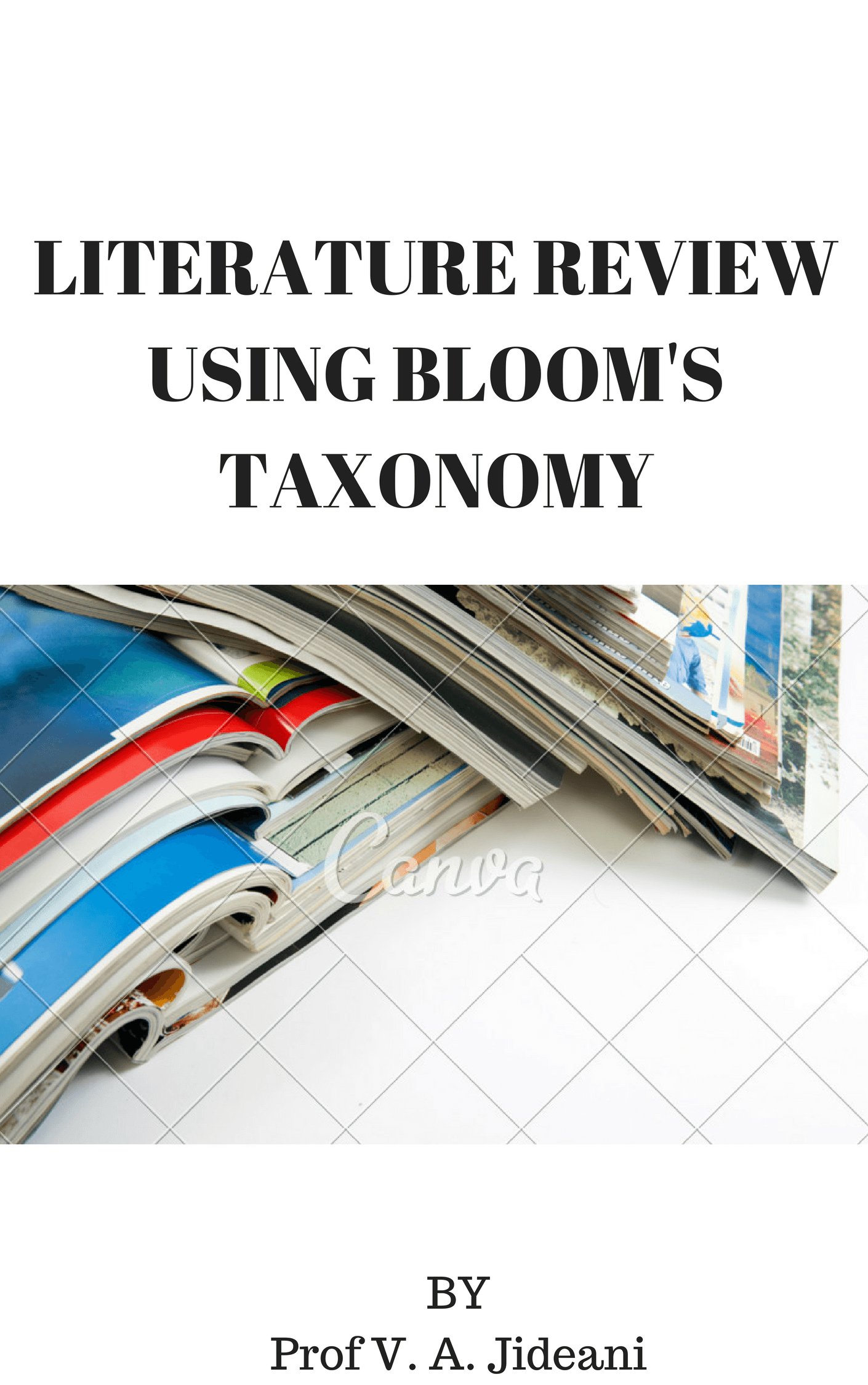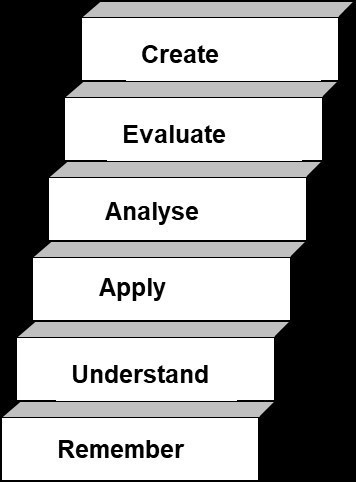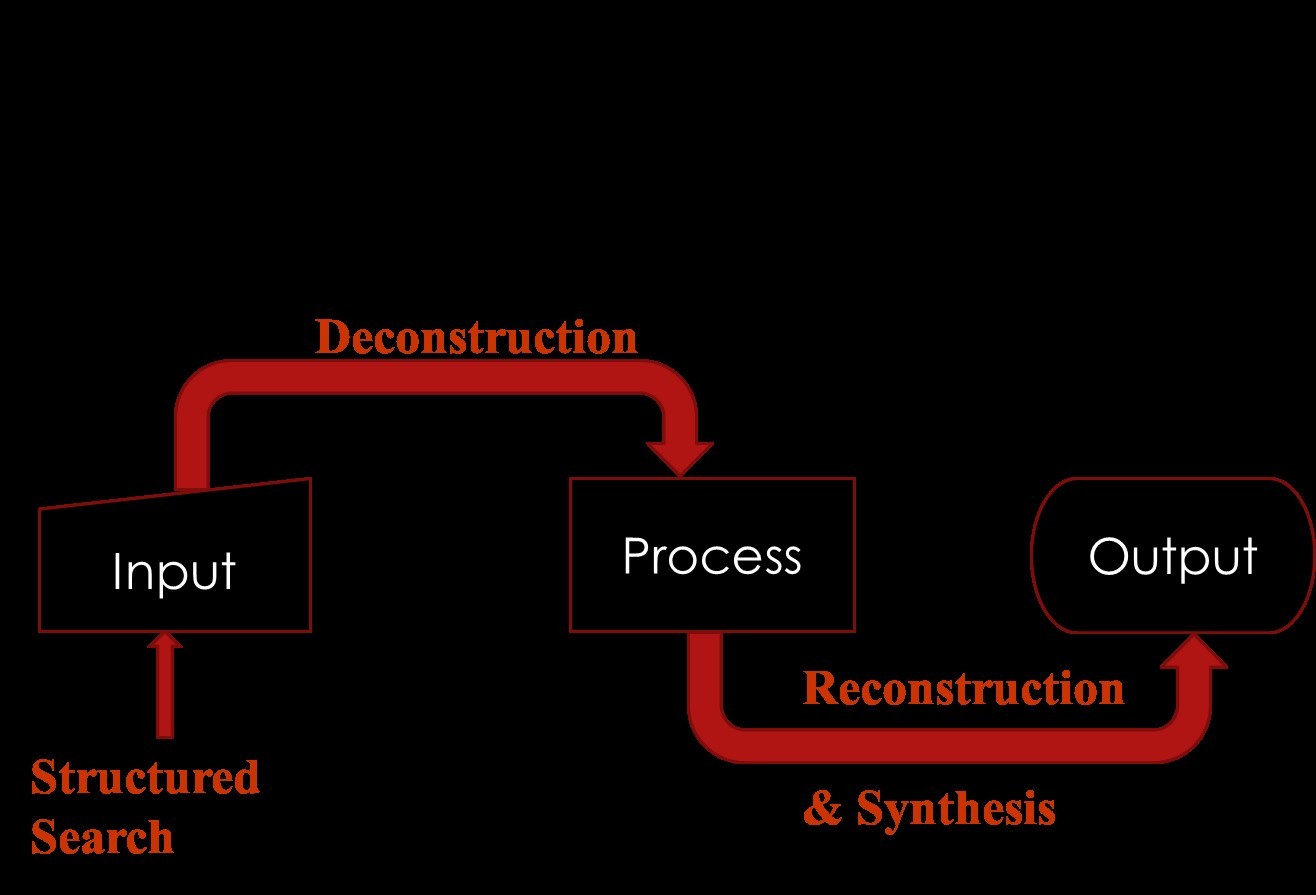LITERATURE REVIEW Using Bloom’s Taxonomy (By Prof. V. A. Jideani)
What is a Literature Review?
- “The use of ideas in the literature to justify the
- the particular approach to the topic,
- the selection of methods, and
- demonstration that this research contributes to something new”
Previously In our previous post, we published “ROAD MAP TO WRITING A THESIS”, which concluded on the following:
- Background/Introduction
- Problem Statement
- Objectives
- Hypothesis
- Ethics in Research
The Background/Introduction, Problem Statement, Objectives, Hypothesis, forms Chapter One of a thesis, and a proposal. Other additions may include the Significance / Justification of the study, and the Definition of terms (Optional).
Also, the research proposal comprises of the Problem Statement, Objectives, Hypothesis, Literature review, and Material and Method. Which basically builds up chapter one – chapter three of a research thesis.
Finally, Research Thesis is built up from Problem Statement, Objectives, Hypothesis, Literature review, and Material and Method, Result and Discussion, and Conclusion. These are the major elements of a thesis and a research proposal.
Get Now for free the Road Map to Thesis Writing.
“If I have seen a little further it is by standing on the shoulders of giants”- Sir Isaac Newton
This implies that in other to demonstrate that your research contributes something new and not what has already be done.
Characteristics of an Effective Literature Review
- Methodologically analyze and synthesis quality literature;
- Provide a firm foundation to a research topic;
- Provide a firm foundation to the selection of research methodology; and
- Demonstrate that the proposed research contributes something new to the overall body of knowledge or advances in the research field’s knowledge-base.
Why Literature Review?
- Provides a solid theoretical foundation for the proposed study (What is already known?)
- Substantiates the presence of the research problem (What is needed to be known?)
- Justifies the proposed study as one that contributes something new to the body of knowledge.
- Frames valid research methodologies, approaches, goals, and research questions for the proposed study.
THE OBJECTIVE OF THE LITERATURE REVIEW
The objective of this article is to help you develop a Strategy to critically evaluate and synthesize published literature into a cognitively advanced literature review.
Cognitively Advanced Reviews
- Organize, integrate, and evaluate previously published material:
- Clearly define and clarify the problem
- Summarise previous work in the area
- Identify relationships, contradictions, gaps, and inconsistencies in the literature, and
- Suggest the next step or steps in solving the problem
What is Cognition?
- Mental processes involved in gaining knowledge and comprehension.
- These processes include thinking, knowing, remembering, judging, and problem-solving.
- These are higher-level functions of the brain and encompass language, imagination, perception, and planning.
- According to Bloom’s taxonomy, there are 6 types.
- Create
- Evaluate
- Analyze
- Apply
- Understand
- Remember
Revised Bloom’s Taxonomy (RBT)
Get Free Copy of the Literature review using bloom taxonomy.
Literature Review Approach
- Input
- Process
- Output
Input- Structured Search
- Ensure that a relatively complete census of relevant literature is accumulated.
- Process of querying quality scholarly literature databases (e.g. Elsevier/Science Direct, etc.)
- Reduce the number of studies to a subset that answers a particular research question.
- Develop a set of criteria by which to judge the identified literature (e.g. peer-reviewed, focus on research question, year of publication, language, local/international, the robustness of the original data, etc)
Input- Structured Search- How?
- Keywords search
- Should be the initial, not the main step for a literature search.
- Backward search
- Backward references search
- Backward authors search
- Previously used keywords
- Forward search
- Forward references search
- Forward authors search
Backward Search
- Backward references search
- Reviewing the references of the articles yielded from the keyword search.
- Studying the plant milk from the Bambara groundnut, the keyword search may produce the pioneering article by Jideani et al. (2000). Conducting a backward reference search will mean to pull out and review all the relevant references of Jideani et al. (2000).
- A second level backward reference search should be done by pulling the ‘references of the references’.
- Backward authors search
- Reviewing what the authors have published prior to the article.
- Previously used keywords
- Reviewing the keywords noted in the articles yielded from the keyword search noted earlier.
Forward Search
- Forward references search
- Reviewing additional articles that have cited the article.
- For example, a forward reference search for Jideani et al. (2000) article is by conducting an electronic library database search for all articles that included either Jideani or co-authors in their citations.
- Forward authors search
- Reviewing what the authors have published following the article.
- For example, a forward author’s search for Jideani et al. (2000) will be conducting an electronic library database search for all articles that include either Jideani or co-authors as authors after this article.
When to end the process of gathering additional relevant literature?
- When one gets the feeling “I’ve seen this before”
- When no new citations are discovered and articles cited in newly discovered literature have already been reviewed.
- When you are not finding new concepts in your article set.
Deconstruction
- The link between the input- quality relevant literature and the literature review process is a deconstruction of the reported literature.
- This involves digesting the content, deciding how much data to extract and assessing its worth- How is the work presented in the article related to my study?
- Academic journal articles and books not as repositories of facts, but as a series of arguments that can be analyzed and dissected.
- Categorize and sort the key data from the academic literature.
Knowledge and Comprehension of Literature
- Knowledge demonstrated by activities such as listing, defining, describing, and identifying.
- The researcher simply repeats information from other sources without demonstrating an understanding of the material or making distinctions between the quality of the different sources.
- No idea what the references said.
- Comprehension/Understand
- Demonstrated by activities such as interpreting, exemplifying, classifying, summarising, inferring, comparing, and explaining.
- Demonstrated by translating information from one form to another or by interpreting information.
- Summarises the main points of articles and can interpret information in their own words.
- Not only can the researcher repeat what was included in the article but also knows the meaning and significance of the information being reported.
- Apply the Literature
- Demonstrated by such activities as executing, implementing, carrying out, and using.
- Able to use information in new and concrete situations and includes applying rules, methods, concepts, principles, and theories.
- Able to select the main ideas and research findings from other sources that are related directly or indirectly to their selected topic.
- Make explicit connections between others’ writing and the topic at hand.
- Analyse Literature
- Demonstrated by differentiating, attributing, organizing, deconstruction, integrating, outlining, etc.
- Break down the material into its component parts and may include the identification of the parts, analysis of the relationship between the parts, and recognition of the organizational principles involved.
- Identify components parts of research or article and can identify the main patterns or themes in each article.
- Identify the major concepts to the study
- Place the citation in the correct category.
- Hence, can make a conclusion of their own.
- In-depth review of the article- what was the methodology used?, Are their causal relationships?, Is there justification for the generalizations drawn? etc.
Get Free Copy of the Literature review using bloom taxonomy.
Re-construction & Synthesis
- The link between the process and the output of the re-construction and synthesis of the literature.
- Takes what reported studies, adds the researcher’s interpretation and recasts it into new findings and interpretations.
- Create new categories that make for a coherent and transcendent categorization that includes all.
- Qualitative data analysis or concept mapping software may provide helpful support to the process of data deconstruction and re-assembly resulting in a theoretical framework.
- A theoretical framework is a conceptual model indicating a logical sense of the relationships among the several factors that have been identified as important to the research problem.
- Elaborates the relationships among the variables
- Explains the theory underlying these relations, and
- Describes the nature and direction of the relationship.
- Theoretical framework/models are key because during the literature comprehension process researcher should identify the variables that might be important as determined by previous research findings in addition to other logical connections that can be conceptualized as the basis for the theoretical model.
- Output
- A combination of the input and the literature review process.
- A plan of action should include pre-writing and literature review structure (i.e. an outline).
- A model based on five main sections:
- An introduction that highlights the organization of the literature review section.
- Address the independent variable (s) proposed by the study;
- Address the dependent variable(s) proposed by the study,
- Studies conducted on the independent variable(s) and the dependent variable(s),
- The summary that highlights the key research studies relevant to the proposed study, their general findings that relate to the proposed study, and support for the need for additional research on the proposed topic (Creswell, 2003).
- Evaluate the Literature
- Demonstrated by check and critiquing.
- Ability to judge the value (based on defined criteria) of material for a given purpose.
- To distinguish among opinions, theories, and empirically established facts.
- Critically evaluate the quality of different research studies and make evaluative comparisons between them.
- Understand and evaluate contradictions.
- Create the Literature
- Demonstrated by generating, planning, producing, hypothesizing, designing, and constructing.
- Ability to put parts together to form a new whole that exceeds the sum of its parts.
- Draw together ideas and research findings from articles into thematically outlined literature reviews.
- Gather all relevant information, taking from an analysis of the components of the source articles, and combine it into broader themes and principles.
- An outline detailing subtopics and themes to be included.
Revised Bloom’s Taxonomy (RBT) & Literature Review
Ethical Issues
- Ensure no violations of academic writing standards or code of conduct.
- Falsification- misrepresenting the work of others.
- Fabrication- presenting speculations or general claims of others as if they were facts.
- Sloppiness- not providing correct citations.
- Nepotism- citing references of scholars that are not directly addressing the point that the citation is used for.
- Plagiarism- the act of knowingly using another person’s work as passing it off as yours (Levy & Ellis, 2006)
Get A Free Copy of the Literature review using bloom taxonomy.

Subscribe now to get notifications on our next post and leave a comment let us know if you find this article helpful.



